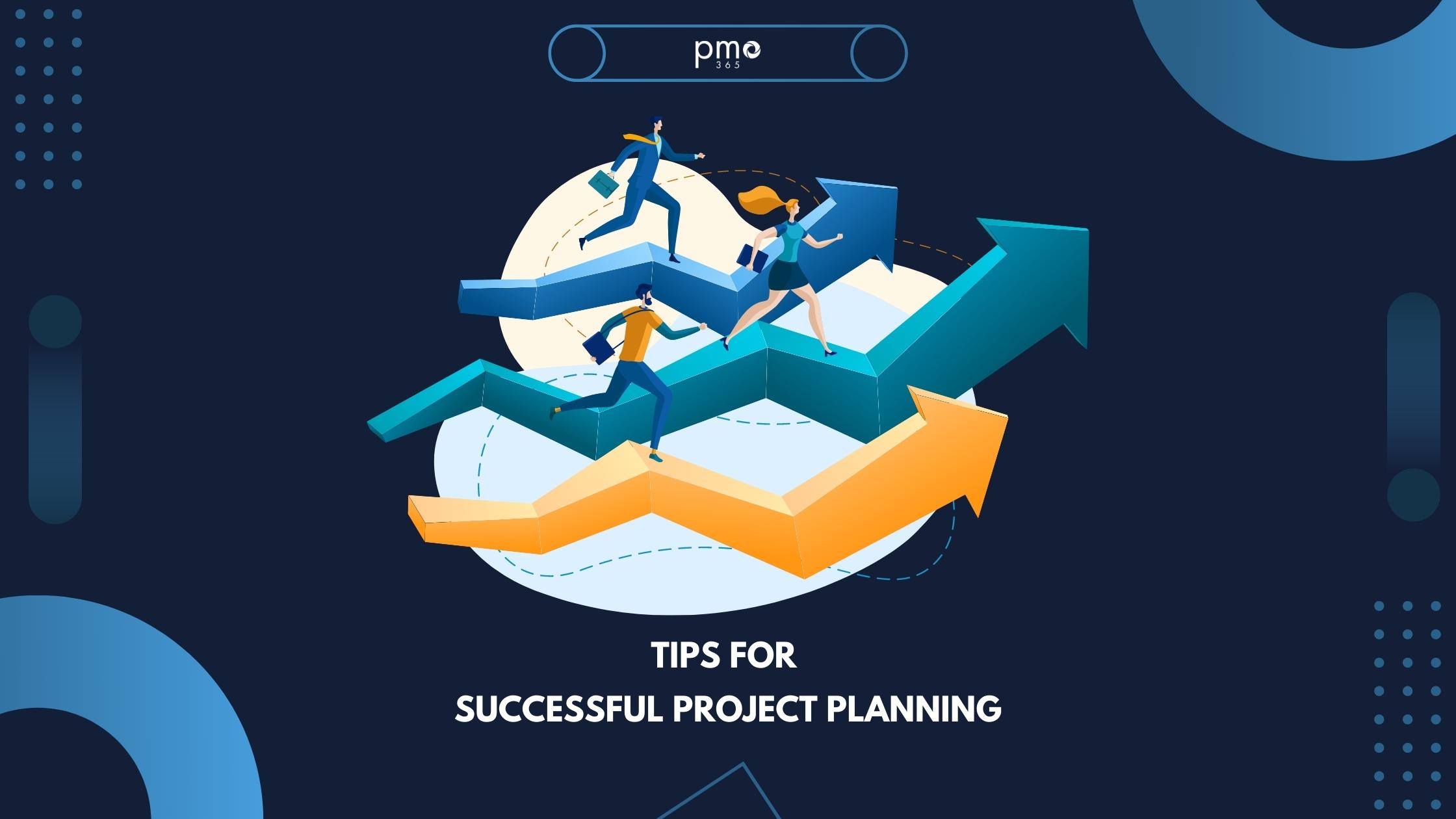Projects fail. A lot. Research from KPMG shows that 70% of organisations experience at least one project failure. And 50% of projects fail to consistently achieve what they set out to do. So why are projects failing? In this blog we uncover the seven causes of project failure to give you a better shot at success.
1. Inadequate Project Management
The first and biggest of the seven causes of project failure is inadequate project management processes. Structured project management provides the visibility and control over projects to ensure they run on time, within budget and scope. There’s plentiful research to show that structured and standardised project management is not fully understood. According to the Project Management Institute, only 58% of organisations understand the value of project management. Furthermore, a mere 23% implement standardised project management practices across the organisation.
The lack of cohesive project portfolio management (PPM) causes critical information gaps, inconsistency, lack of accountability, and poor traceability. Taken together with an overall lack of efficiency, these factors severely threaten project success.
2. Poorly Trained Managers
A recent survey from Wellingtone shows that poorly trained project managers are the biggest challenge for organisations. The survey revealed that over half of projects (53%) were being managed by non-professional project managers. During the pandemic, it’s no surprise that there was a significant rise in ‘accidental’ project managers. Employees that were deployed to lead projects may not have been adequately trained or qualified.
While well-trained employees can make great leaders, there has been an decrease in on-the-job training in recent years. And, with project management skills frequently undervalued, many project managers do not have the critical tools, skills and competencies.
3. Ineffective Leadership
Strong and effective leadership is vital for project stability and success, especially in times of rapid change. With the pandemic throwing organisations into disarray, many projects were neglected in the absence of direction from a competent leader.
Effective leaders provide much-needed clarity around project ownership and responsibilities. They make informed decisions quickly and actively communicate with all important stakeholders to manage expectations. Unfortunately, many organisations have not invested in training. This has led to a significant competency gap.
4. Unsupported Estimations and Timelines
While we may have more information in our hands than ever before, sadly not everyone is tapping into it properly. Cloud-based and integrative project management solutions like pmo365 consolidate data and make it accessible in real-time to all stakeholders.
However, many organisations lack ready access to project management data. This means they do not have the visibility across all projects and portfolios to make fully informed estimations and decisions. Unsupported estimations run the risk of producing unrealistic timelines, unachievable objectives and increasing overall project risk. Without access to real-time data, important decisions may lag when critical issues emerge in project delivery. Implementing the right systems and practices to ensure accurate, real-time reporting is essential for good project planning.
5. Poorly defined Project Scope leading to Scope Creep
Another major factor in the seven causes of project failure is Scope Creep. Project scope provides a detailed outline of all aspects of a project. These will include its activities, resources, timelines, deliverables, assumptions, constraints, and much more. Without access to good governance and reliable monitoring, projects quickly expand their scope beyond the original outline. This leads to unexpected and costly impacts.
Research from PMI shows that Scope Creep is surprisingly common, particularly in IT projects. A survey shows that 52% of projects experience some form of scope creep. This is cited as one of the key reasons for project failure. Common causes for scope creep include:
- Lack of a formalised and agreed-upon scope definition process
- Overly vague or open-ended requirements
- Outlined requirements are not fully aligned with the overall objectives of the project
- Inadequate change control throughout the project development and execution stages
6. Outdated technology and tools
Outdated technology is a significant contributor to some of the aforementioned reasons for project failure above. Old and inflexible technology is struggling to keep up with the increasing complexity and demand of modern projects. Projects are increasingly being led by globally-dispersed teams. These need effective collaboration tools and real-time updates to be competitive. Outdated technologies reduce productivity and leave the organisation open to security gaps and compliance risks.
Even with the many intuitive and powerful tools available, research shows 44% of firms do not use project management software. Just 23% of organisations use some kind of PPM solution. But this is changing rapidly. It’s becoming vital sure that your teams are able to collaborate, coordinate and manage their projects seamlessly with the proper tools is vital to long-term consistent project success.
7. Selecting the wrong projects
The final in the seven causes of project failure is another big one. Failure starts from the very beginning. When key decision-makers lack visibility over their portfolio, it is hard to capture the true value of projects and ensure they are prioritised according to their alignment with business objectives. Projects may get selected based on incomplete data, rough guestimations, or even personal bias and this frequently leads to wasted opportunities and costly mistakes.
All too often, organisations focus on maximizing their resources by increasing the number of their projects rather than optimising their projects for value. However, there is no point in having ten successful projects if none of them address the key objectives of your organisation. Selecting the right projects starts by ensuring key decision-makers have access to relevant data. Thereafter, they require robust selection criteria and realistic estimations on project cost, timelines, and resource requirements.
Additional reading: Project benefit vs Project Value
Achieve Project Success with pmo365
Now that you know some of the key reasons why projects fail, check out pmo365‘s recipe for achieving project success. An effective PPM solution demands visibility, versatility, and consistency. pmo365 tailors the best project portfolio management tools for your organisation and integrates all your project activity seamlessly on to a single platform.
Consolidate project-related activities for complete visibility and control over your portfolios. And, with Microsoft’s Power Platform and Power BI, pmo365 gives you advanced level reporting and dashboards, analytics, insights, and so much more at your fingertips.
If you want to see how pmo365 can help your organisation achieve greater project success, organise a free demo today.













